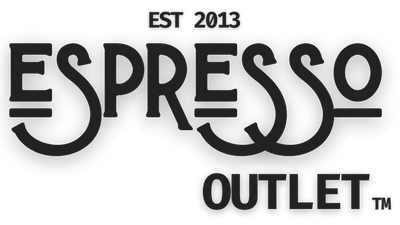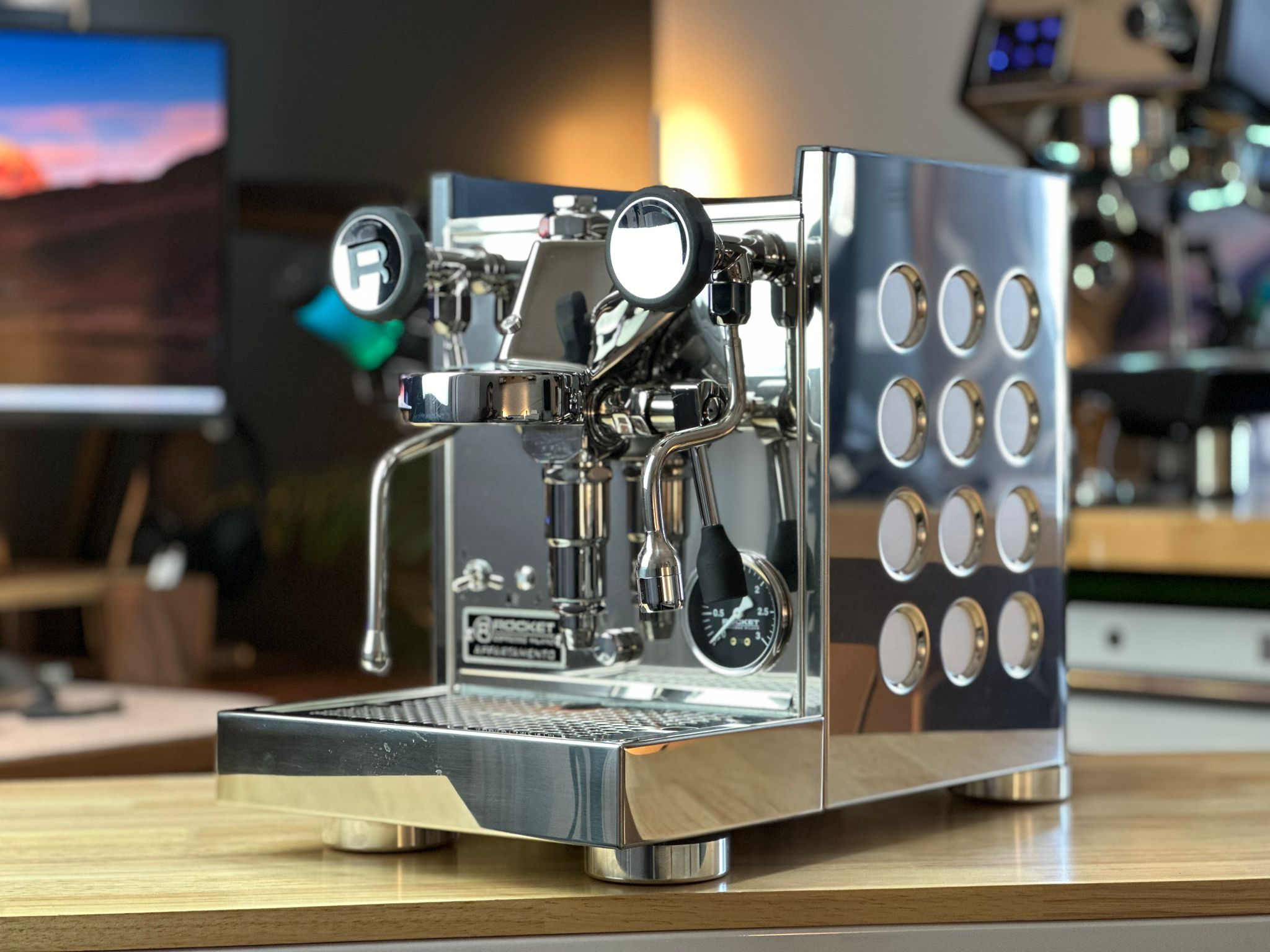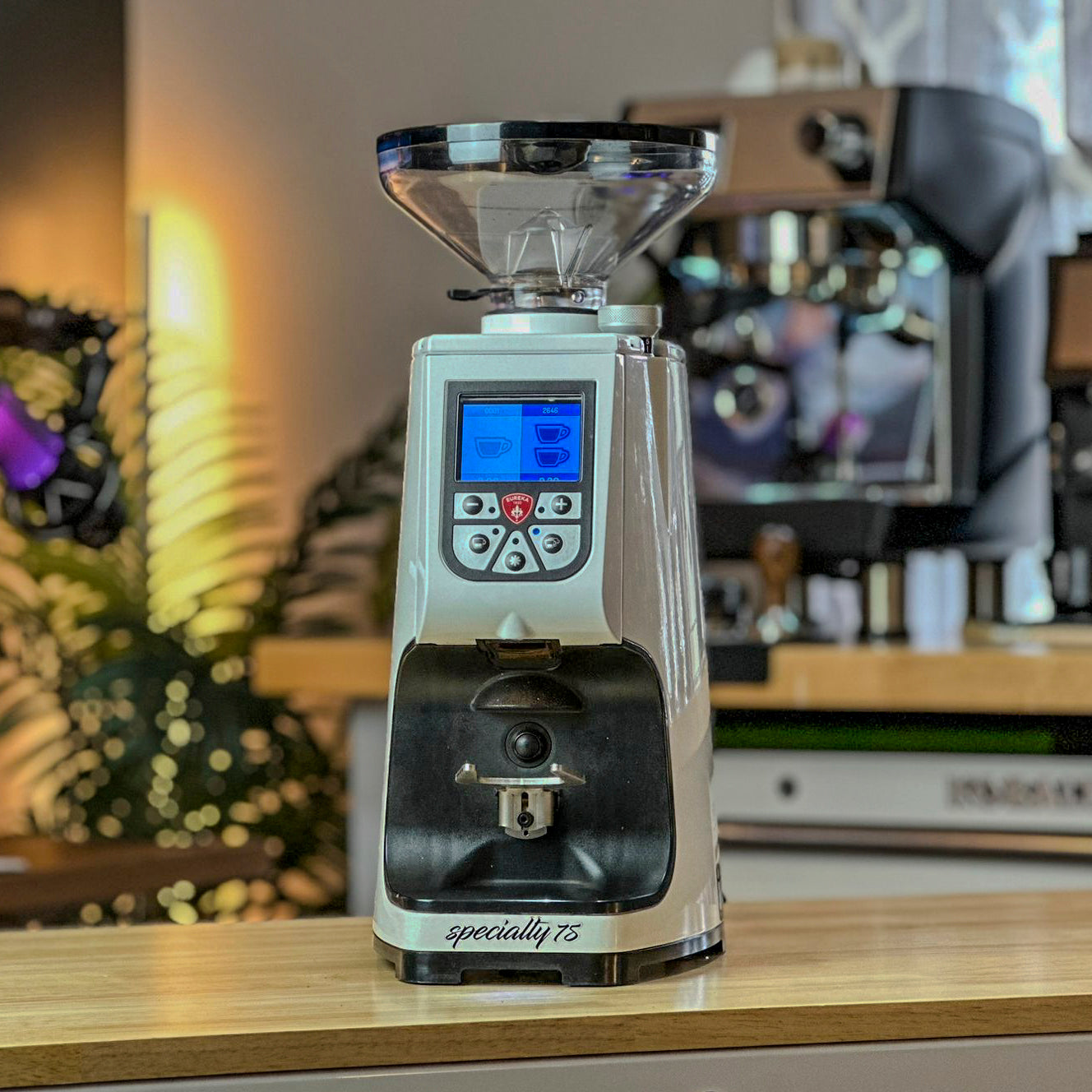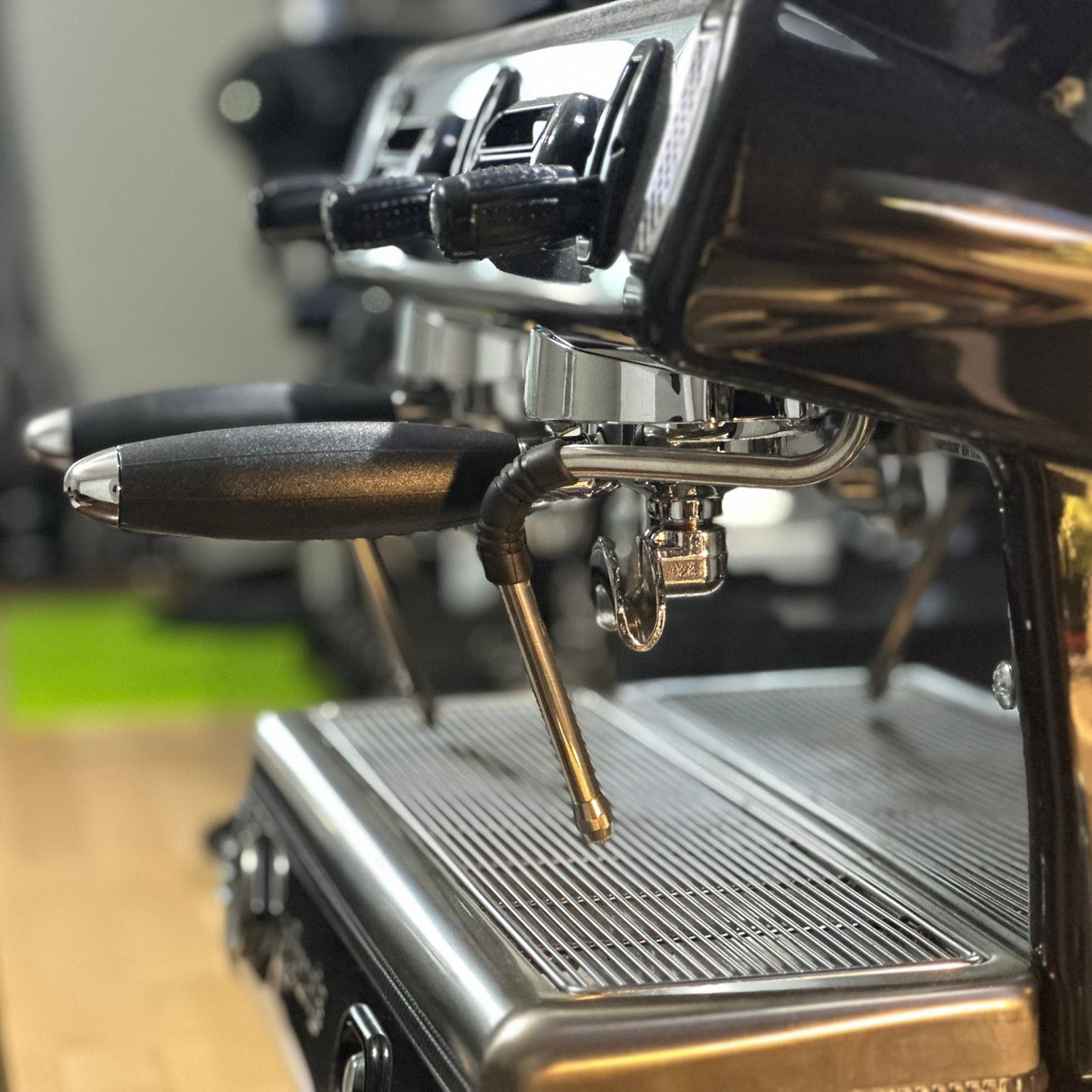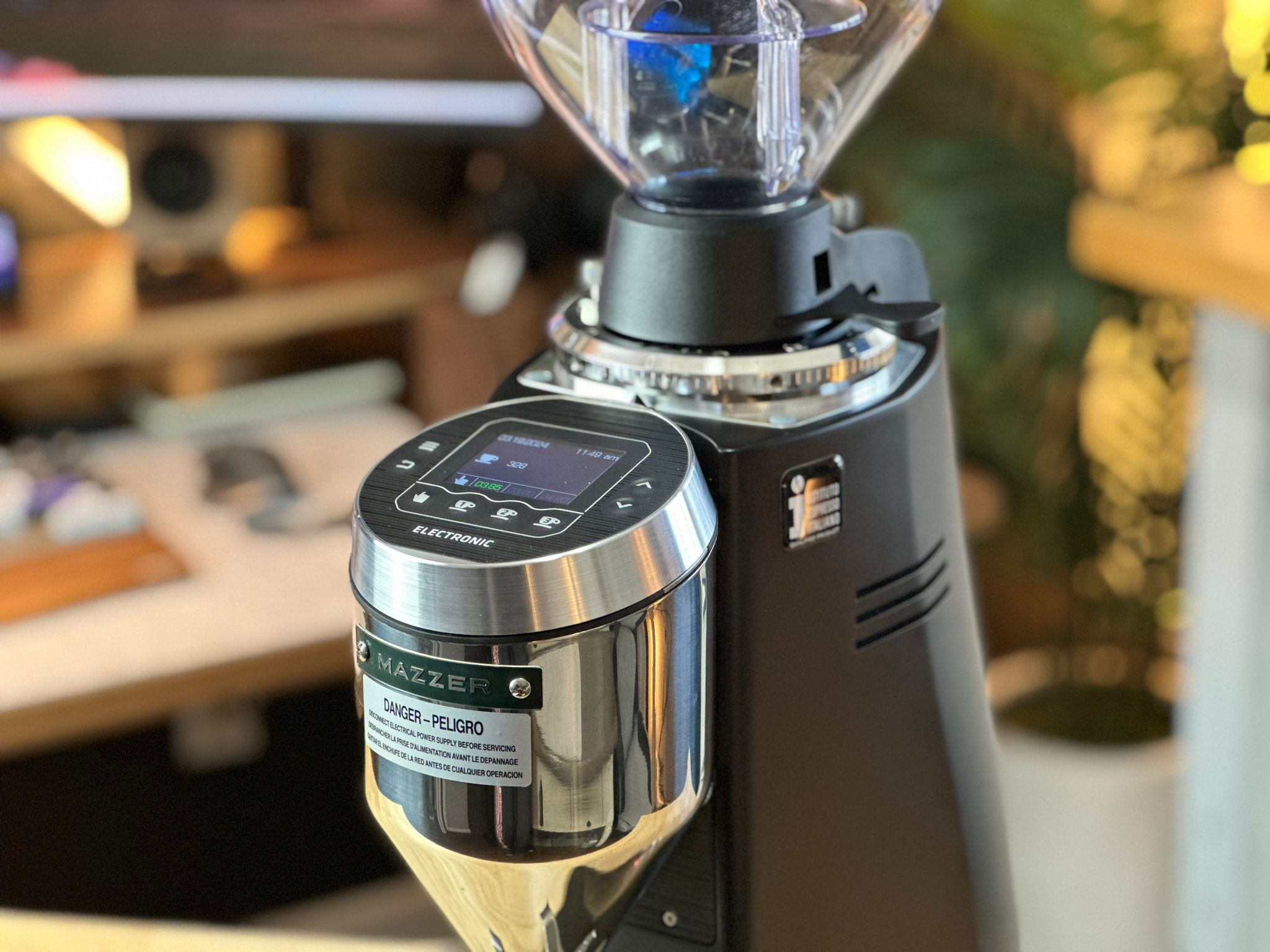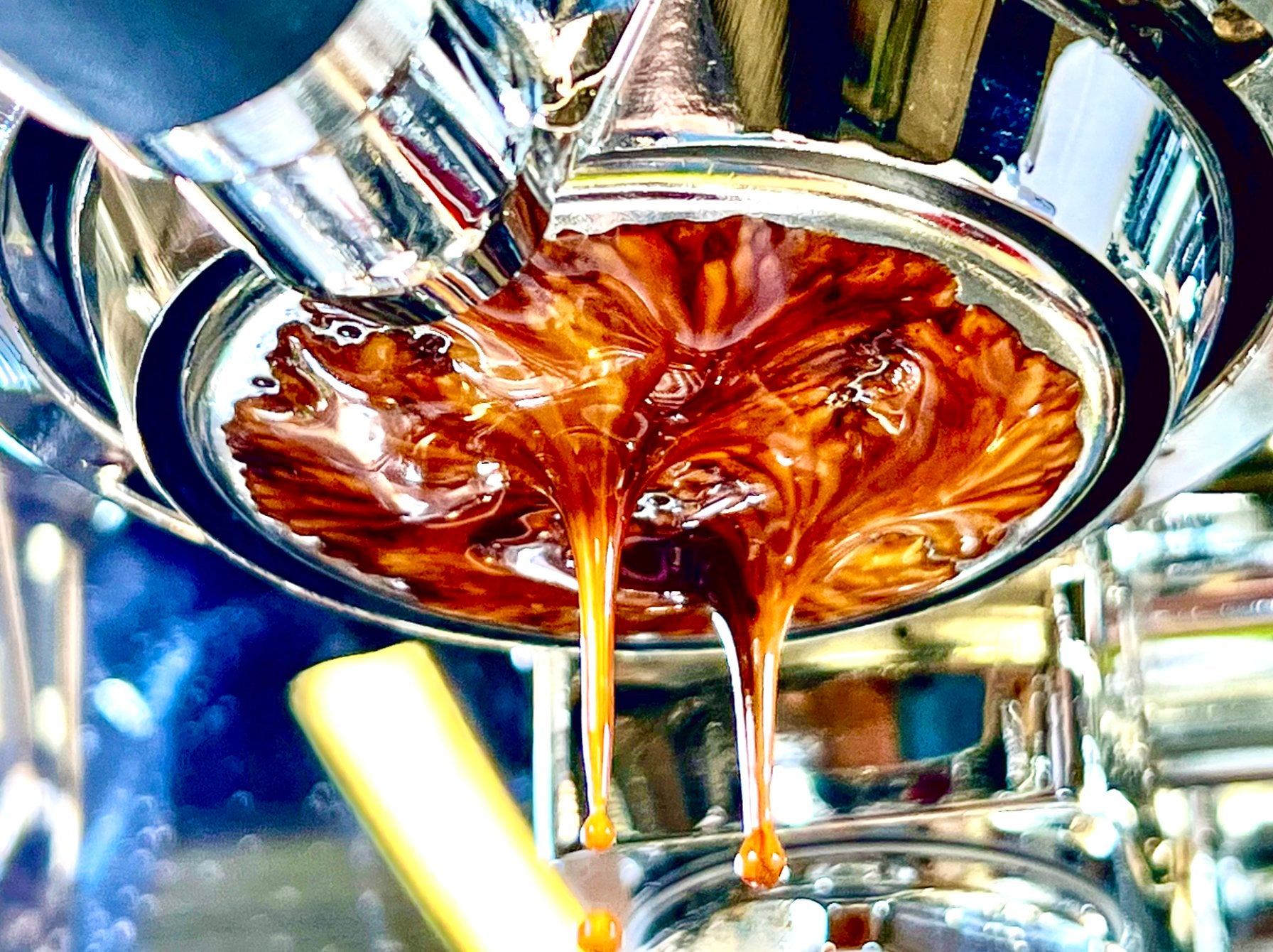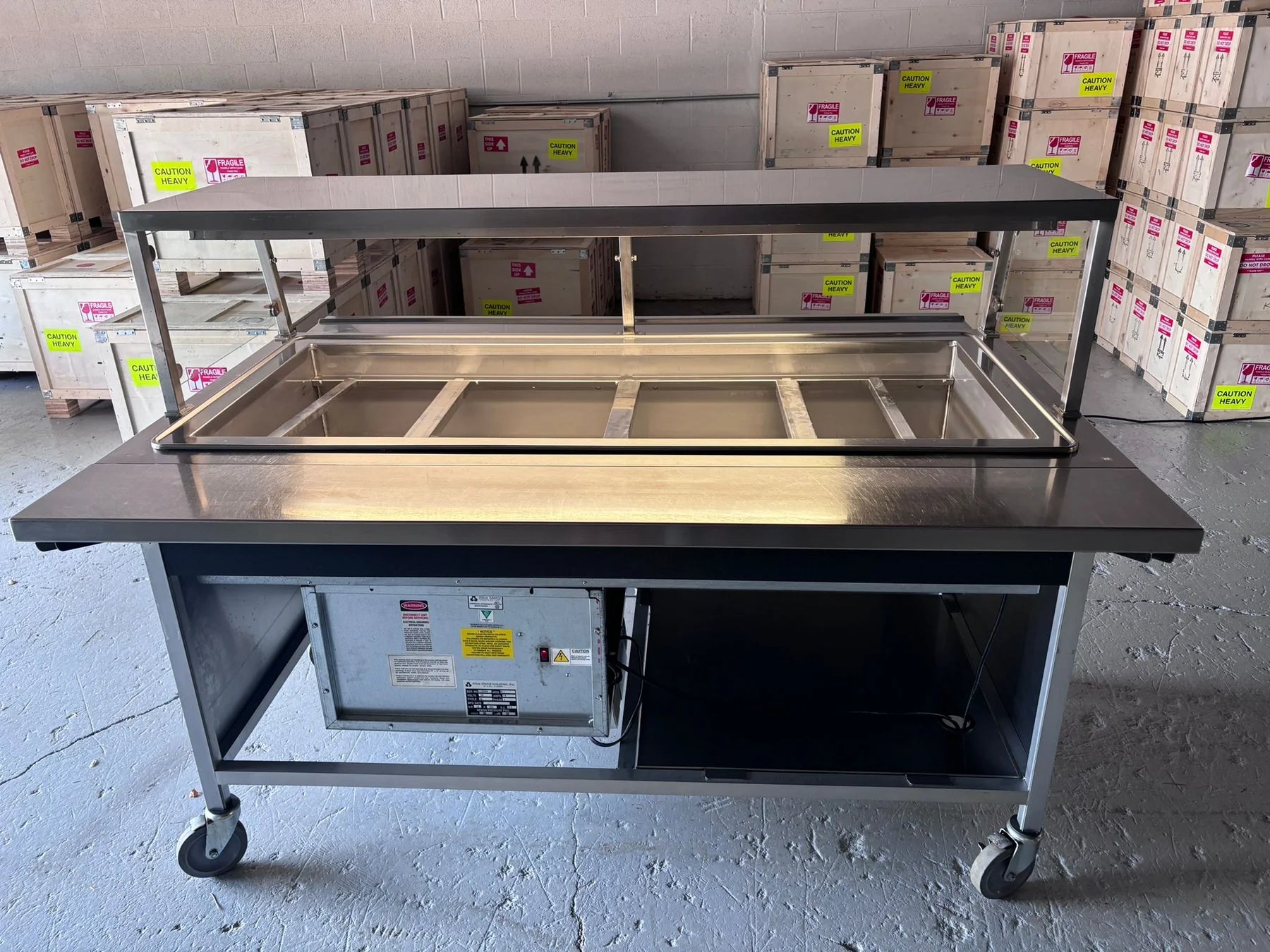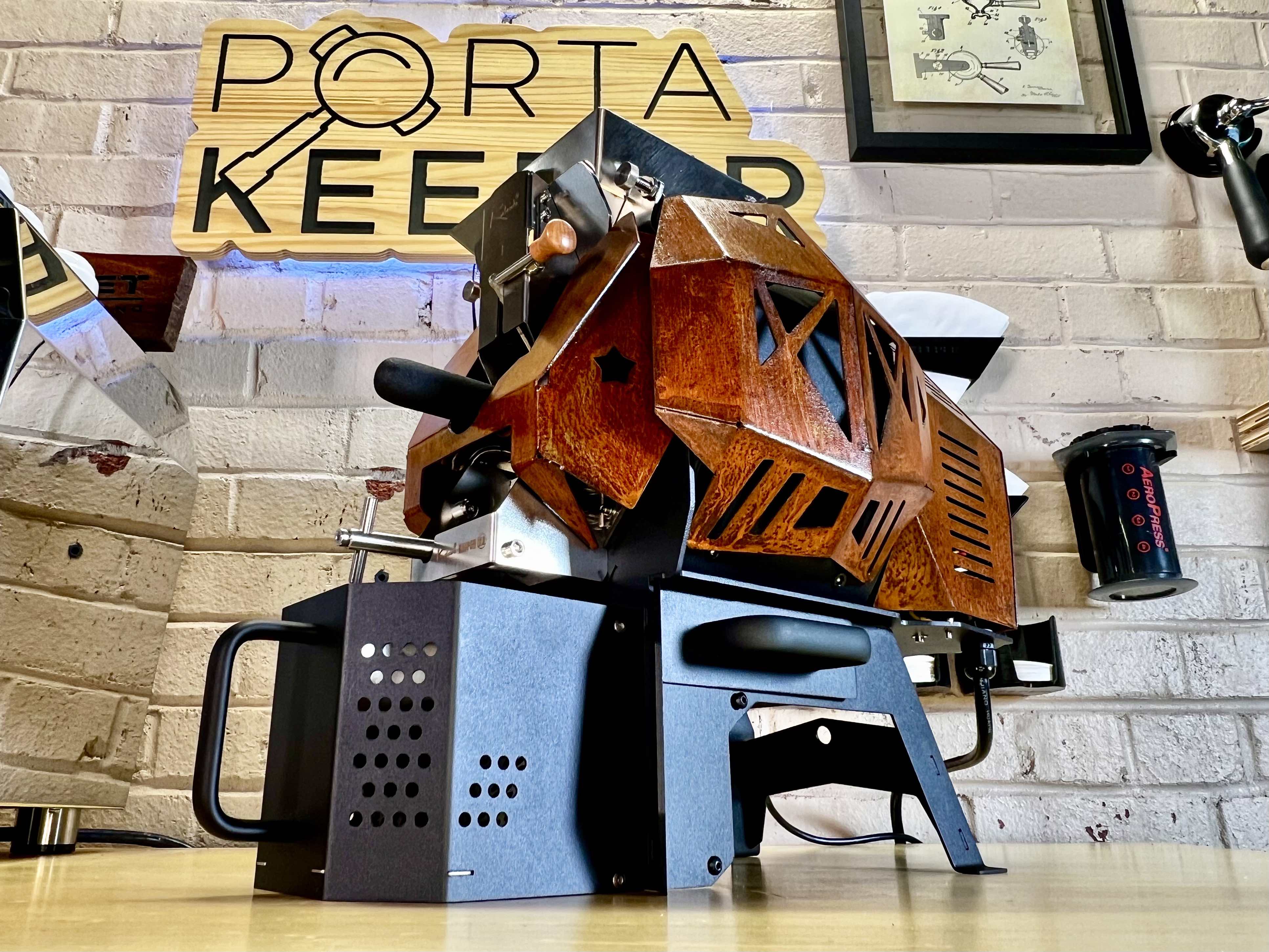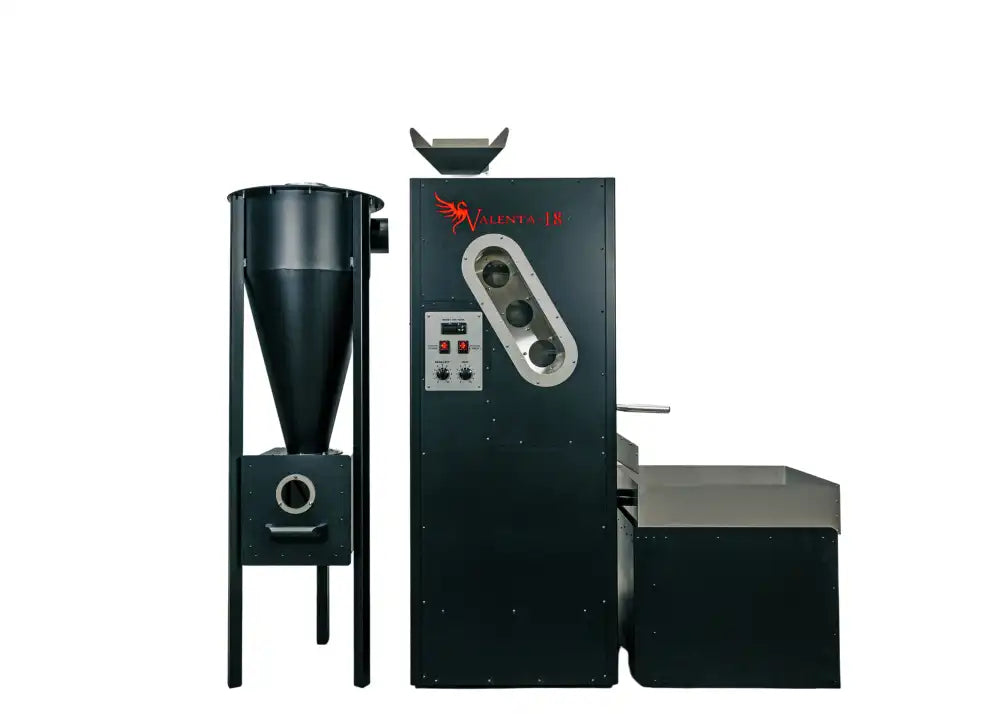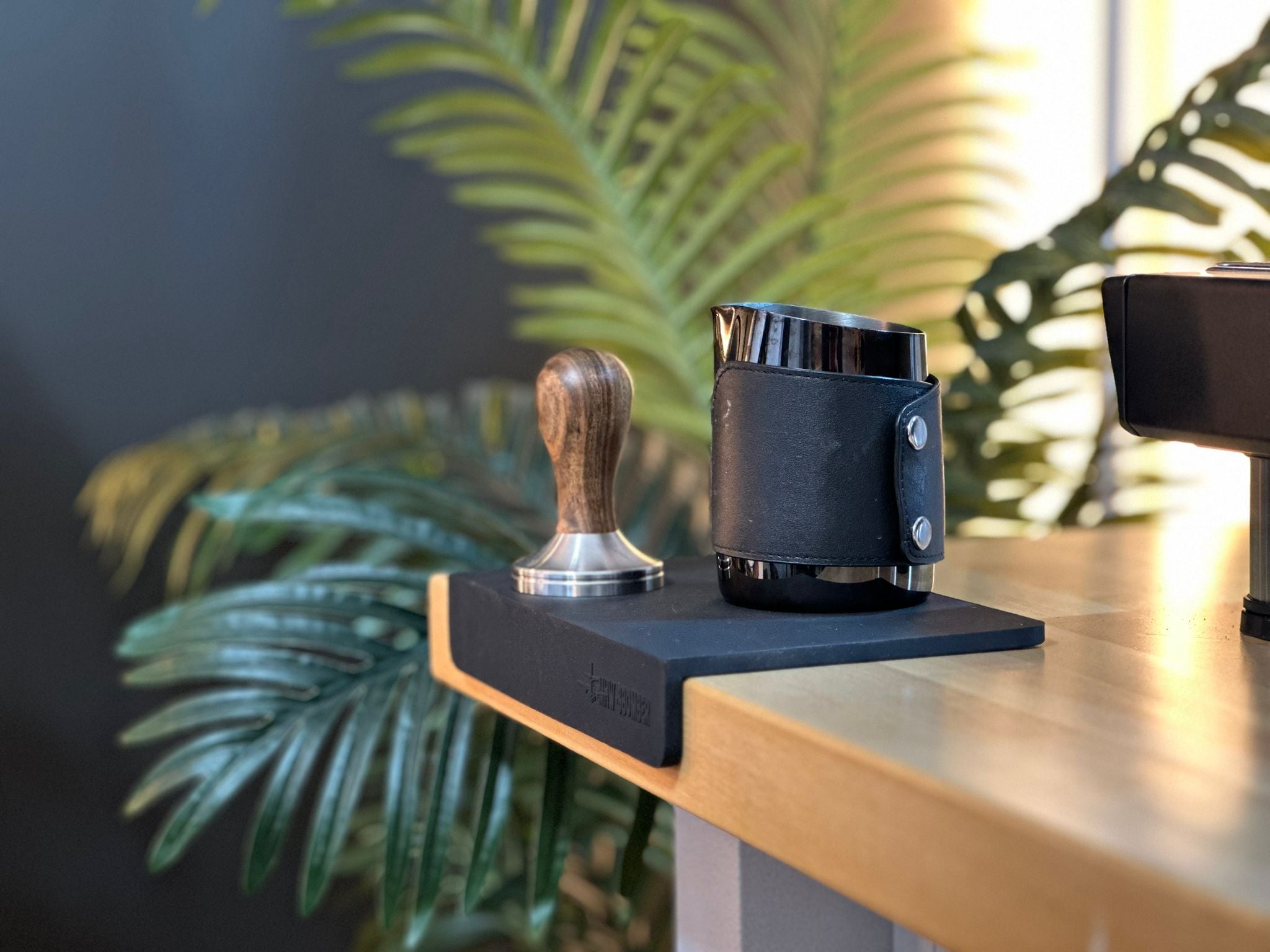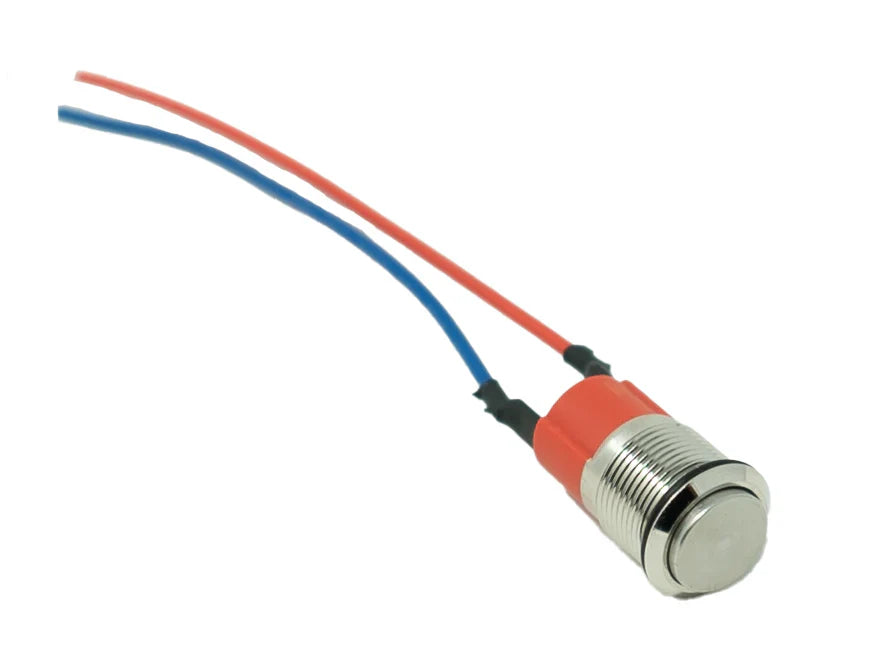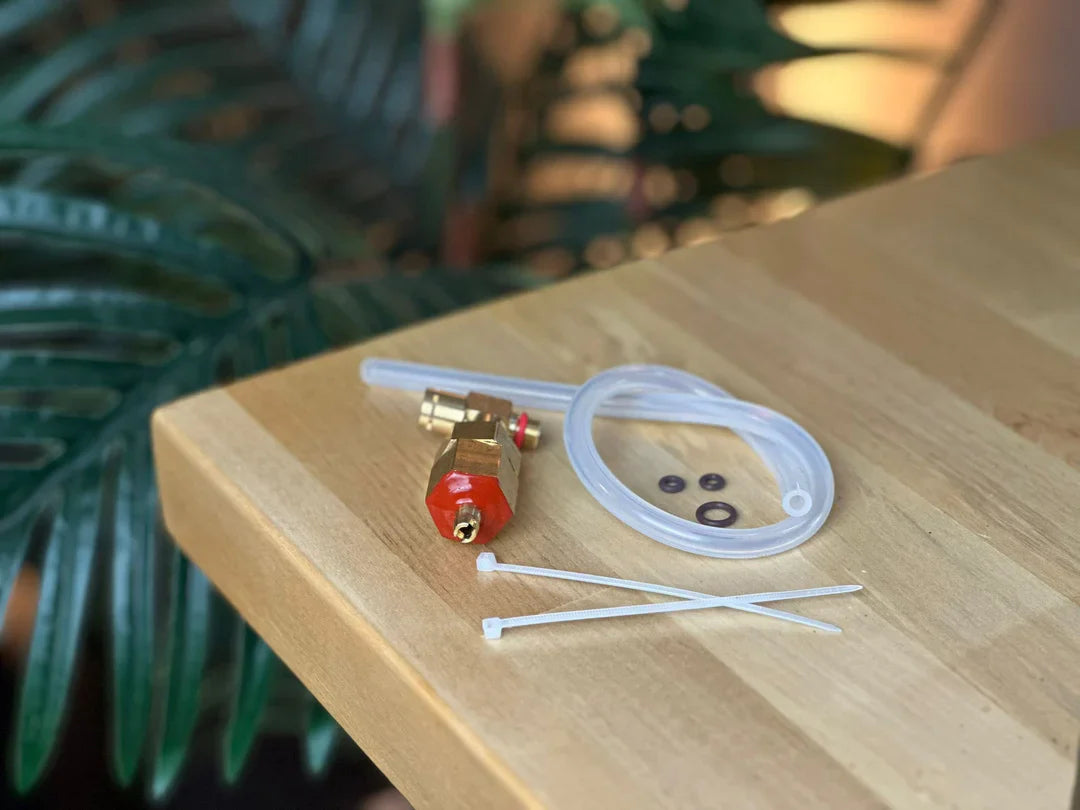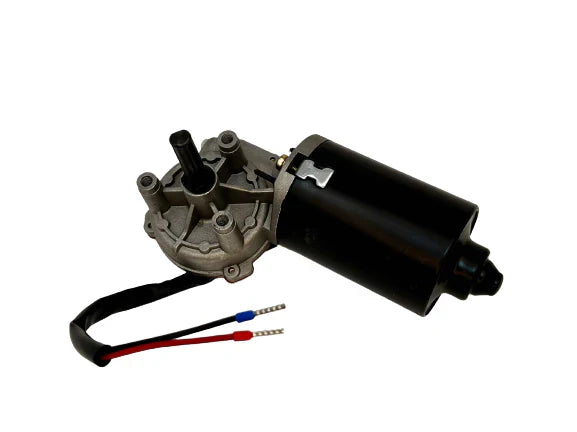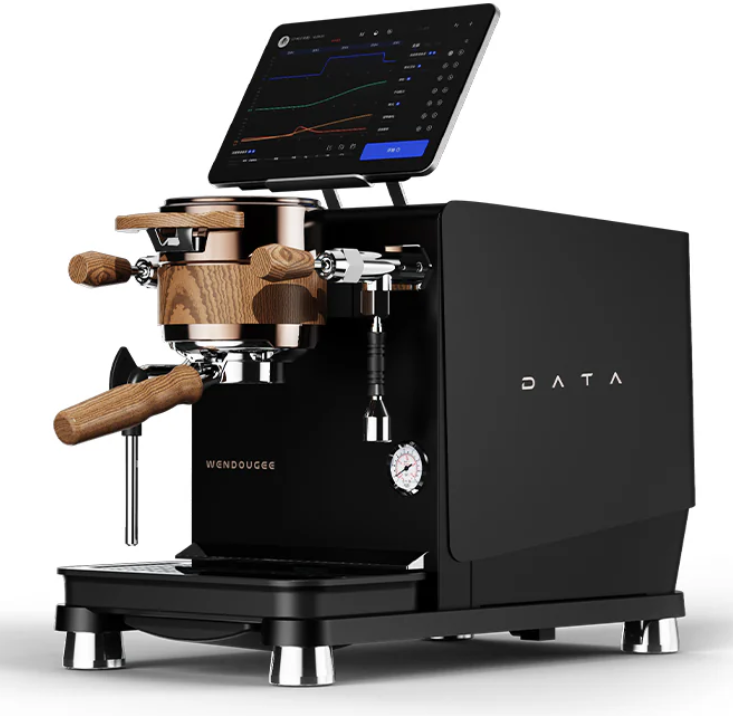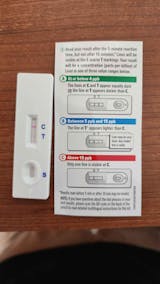Paper Filters in Espresso Extraction - Top or Bottom Placement?
When using paper filters in espresso preparation, the choice between bottom filter placement and top filter placement can have different effects on the extraction process, flavor, and cleanliness of your espresso. Here's a detailed comparison of both methods:
1. Top Filter Placement
- How It Works: Place a paper filter directly on top of the coffee puck before inserting the portafilter into the espresso machine. This method primarily acts as a barrier between the water coming from the group head and the puck.
-
Benefits:
- Even Water Distribution: The top filter helps disperse water more evenly over the coffee puck, reducing the chances of channeling (where water flows unevenly through the puck, leading to under-extraction).
- Better Consistency: It ensures a more uniform extraction, particularly useful for single-dose shots where channeling is more likely.
- Cleaner Machine: The top filter can prevent coffee oils and small particles from reaching the shower screen, making cleanup easier and protecting your machine from buildup( )( ).
-
Drawbacks:
- Less Crema: Because some coffee oils are absorbed by the paper filter, the shot may have slightly less crema.
- Potential Wrinkling: If the filter isn’t placed perfectly flat, it might fold during extraction, which can affect the water flow.
2. Bottom Filter Placement
- How It Works: Place a paper filter at the bottom of the portafilter basket, underneath the coffee puck, before adding the coffee. This placement allows the filter to trap fines and oils before they can settle into your cup.
-
Benefits:
- Cleaner Cup: The bottom filter catches micro-fines (tiny coffee particles) that tend to escape during extraction, leading to a smoother, less gritty texture in the final espresso.
- Improved Clarity: By filtering out excess oils and fines, the espresso can have a brighter flavor profile, with more clarity in the distinct tasting notes. This can especially enhance lighter roasts, where nuanced flavors are more apparent( ).
- Less Sediment: You’ll notice less sediment in your cup, contributing to a cleaner mouthfeel and a more refined overall shot.
-
Drawbacks:
- Slower Flow: Placing a filter beneath the puck can slow the flow of water, potentially leading to longer shot times. You may need to adjust your grind to compensate.
- Filter Bunching: The bottom filter can sometimes shift or fold during tamping, which may disrupt the extraction process if not placed carefully.
Comparison Summary:
- Top Filter Placement is best for ensuring even water distribution and reducing channeling. It helps with maintaining machine cleanliness but may slightly reduce crema.
- Bottom Filter Placement focuses on improving the clarity and cleanliness of the final espresso shot by filtering out fines and oils before they enter the cup. It can lead to a slower extraction and might require grind adjustments.
Which Method Should You Use?
- Top filter placement is ideal for those aiming to achieve a more consistent extraction and minimize channeling, especially in single-dose extractions or with machines that tend to have uneven water dispersion.
- Bottom filter placement is better suited for those who prioritize clarity, smoothness, and a cleaner cup, especially when using lighter roasts or seeking to avoid any sediment in the cup.
For some, using both filters (one on top and one on the bottom) can provide a combination of both benefits: ensuring even water distribution, preventing fines from reaching the cup, and keeping the machine cleaner. This dual-filter approach can offer the best of both worlds but may slightly alter the flow rate and require careful grind adjustments.
